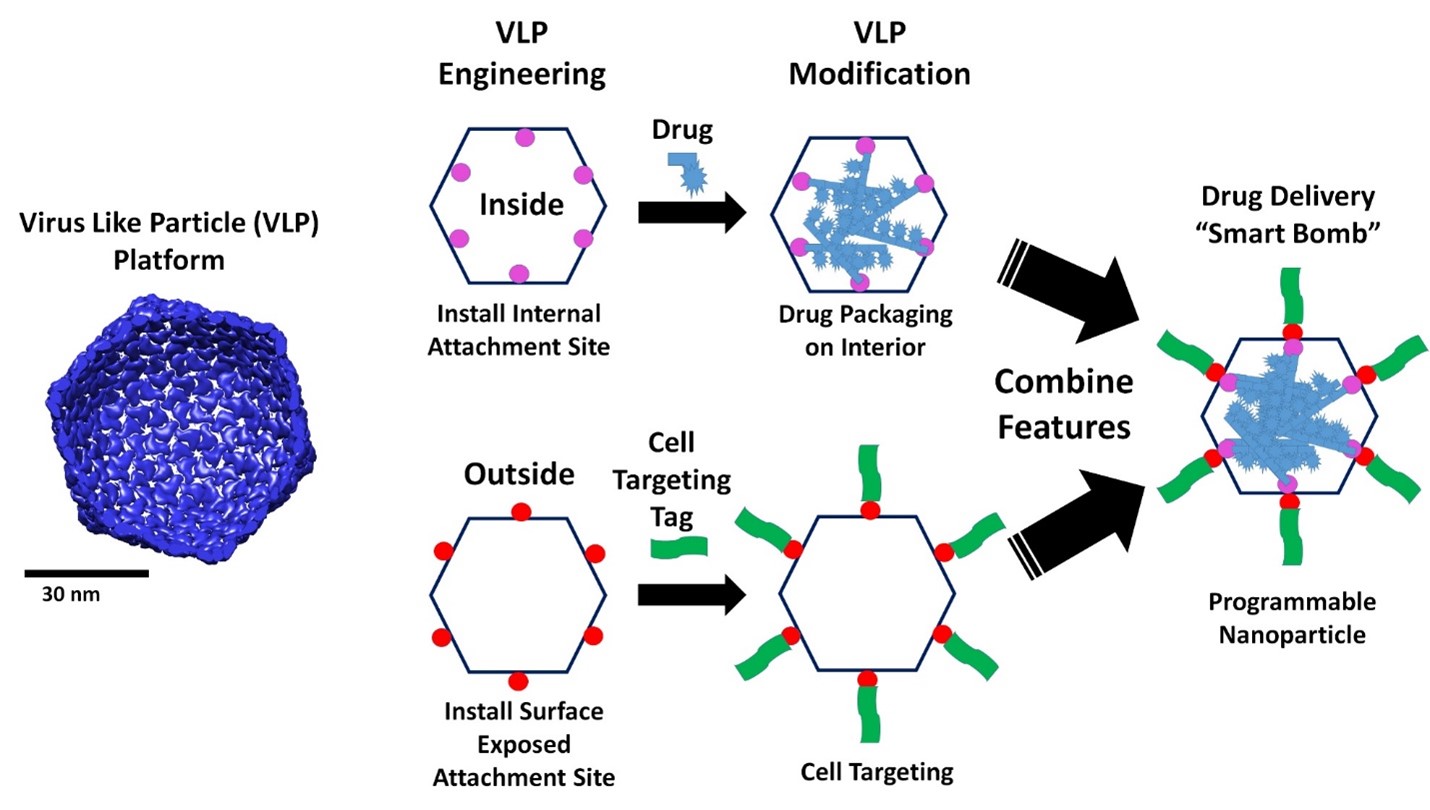Protein cage structures are ubiquitous in nature and present useful nanomaterials for applications ranging from drug delivery to the construction of nanoelectronics. Among protein cages, virus-like particles (VLPs), which are derived from the protein shell or capsid of viruses but lack pathogenic components, are particularly intriguing for constructing nanomaterials due to their stability, well studied molecular assembly and structures, which are often characterized to the molecular level. The research presented looks at efforts that have been made in developing VLPs derived from the P22 and HK97 bacteriophages to construct nanoplatforms for applications in drug delivery, nanocatalysis, and molecular biochemistry.
